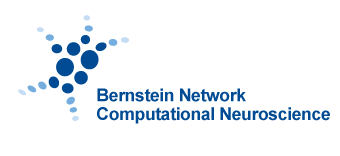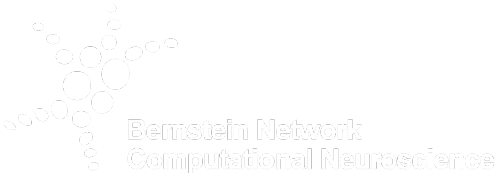Update of the Julich-Brain Atlas – new data for brain models
Release 3.1 of the Julich Brain Atlas has been published and can be freely downloaded through the EBRAINS research infrastructure. The updated brain atlas now gives online access to 52 new probability maps of cortical and subcortical structures in a three-dimensional reference space. Programming interfaces for the computational neurosciences simplify the integration of the data into brain models.

The Julich-Brain Atlas contains cytoarchitectonic maps of 227 areas of the human brain including cortical areas and subcortical nuclei. Based on differences in distribution, density and morphology of cells in a three-dimensional space it contains probabilistic maps that reflect the variability between individual brains. It represents the most comprehensive and complete microstructural map of the human brain to date.
The Julich Brain is the foundation of the Multilevel Human Brain Atlas on EBRAINS, which integrates neuroanatomical features with complementary maps of the molecular architecture, function and connectivity across multiple scales and is openly available to the research community. In this way the atlas serves as a basis for spatially aligning and annotating data and knowledge from different levels of brain organisation and as a powerful tool to help researchers and clinicians better interpret images of individual brains.
The Julich-Brain Atlas is a living atlas that is consistently being expanded and refined. Special features in Release 3.1 include the completely mapped thalamus with all its subnuclei, which are included in the Julich Brain Atlas for the first time – a result of a collaboration with Harry Uylings from Amsterdam.
Scientists can use new digital tools on the EBRAINS infrastructure to utilise the atlas. For example, the siibra-toolsuite (short for “software interfaces for interacting with brain atlases”) offers a 3D viewer that can be used in the browser as well as programming tools such as siibra-python that are specially tailored to the modelling community. This makes it easier to integrate high-resolution anatomical data into complex brain models.
“The Julich Brain Atlas provides important anatomical data that can be used for mathematical models of information processing in the brain. The atlas is therefore an interesting tool for the computational neuroscience community.” (Prof. Dr. Susanne Schreiber, Chair of the Bernstein Network Computational Neuroscience)
All maps are available in commonly used reference spaces Colin27, MNI152 and fsaverage, which means that both a volume-based version with cortical and subcortical areas and a surface-based version with cortical areas are provided. Furthermore, rich meta-data is included to enable the provision of data via the EBRAINS infrastructure according to the FAIR principles.





